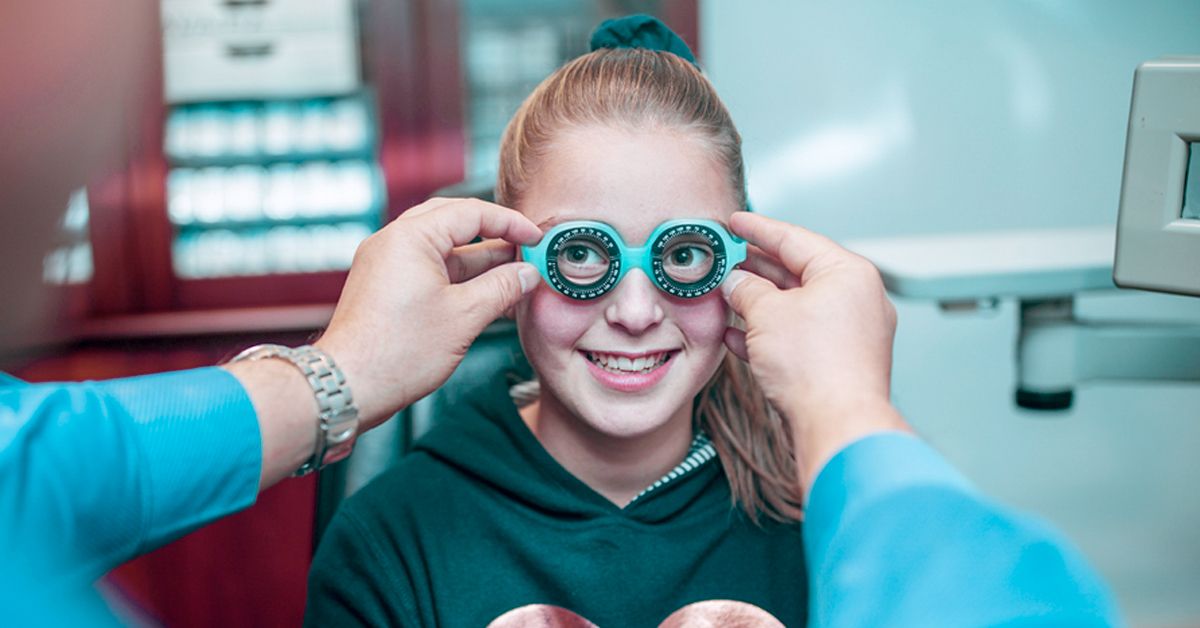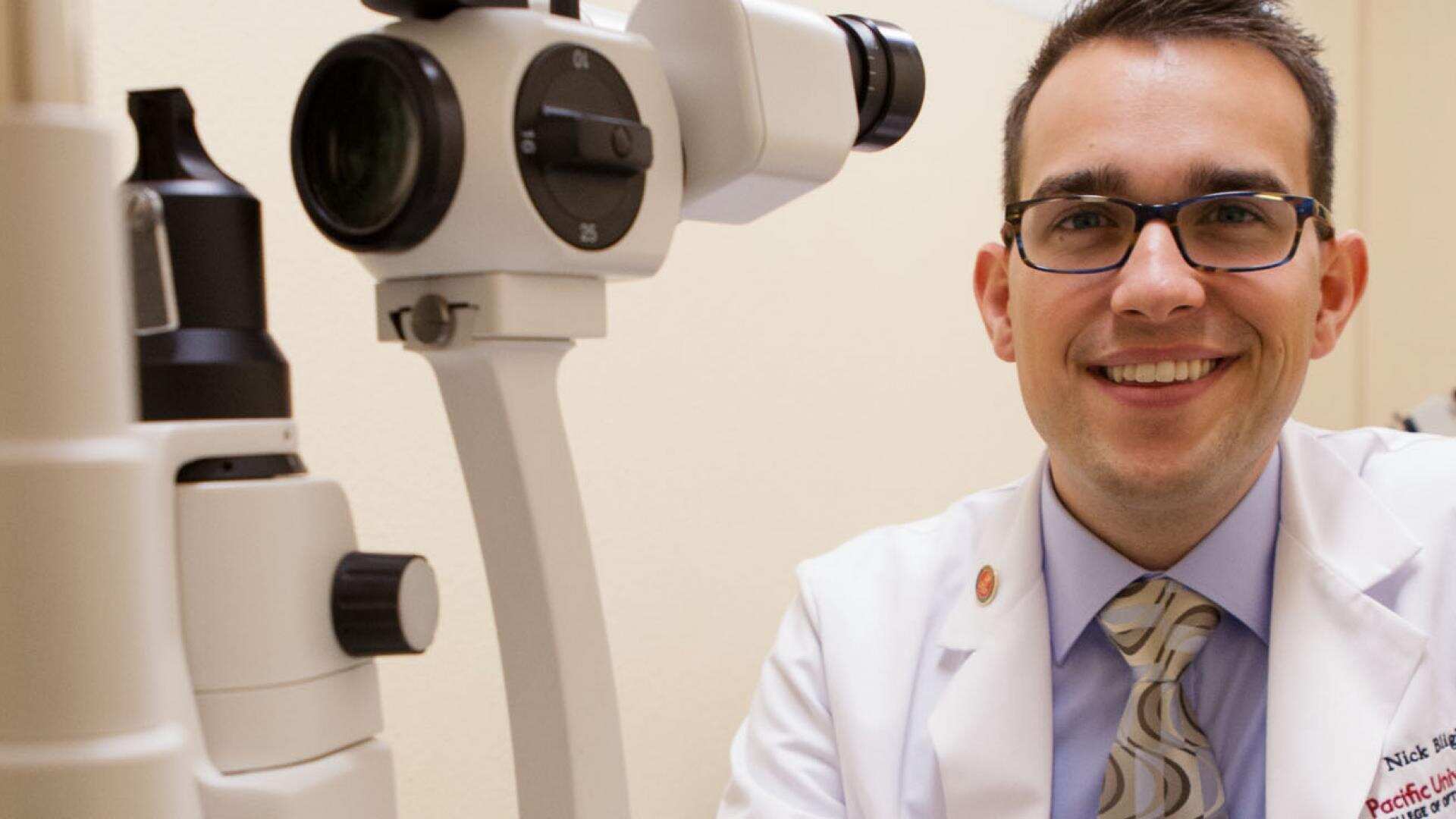Comprehending the Role of Your Eye Doctor in Preserving Vision
Comprehending the Role of Your Eye Doctor in Preserving Vision
Blog Article
Checking Out the Newest Technical Developments in Optometry and What They Mean for Eye Doctors
In the ever-evolving field of optometry, recent technological advancements are reshaping how specialists approach eye care. From the accuracy of Optical Comprehensibility Tomography to the nuanced understandings used by AI-driven analysis tools, these innovations are establishing new requirements in client evaluation and treatment. Teleoptometry is poised to redefine accessibility, guaranteeing that proficiency transcends geographical limitations. As these improvements permeate the method, optometrists are confronted with the difficulty of accepting these tools to boost patient results. The concern remains: just how will these technological shifts redefine the duties and responsibilities within the occupation?
Technologies in Diagnostic Equipment
Progressing the area of optometry, advancements in analysis tools have reinvented the method eye treatment experts evaluate and identify visual problems and ocular problems. The previous decade has experienced significant technical advancements, allowing more comprehensive and exact analyses.
One more secret technology is the intro of sophisticated corneal topography systems, which map the surface area curvature of the cornea with accuracy. These devices are especially helpful for suitable contact lenses and diagnosing corneal problems. Electronic retinal imaging has changed traditional ophthalmoscopy, using thorough, panoramic sights of the retina that help with extensive visual examinations.
The development of wavefront aberrometry has likewise been vital, enabling the evaluation of refractive errors with unequaled accuracy (Optometrist Chino). This innovation assists in customizing restorative lenses and boosting medical outcomes for refractive surgeries. Jointly, these analysis improvements empower optometrists to provide exceptional patient care, making certain very early intervention and tailored treatment methods, inevitably boosting visual health outcomes
AI in Patient Monitoring
Building on the foundation of sophisticated diagnostic tools, the consolidation of synthetic intelligence (AI) in client monitoring represents a transformative jump for optometry. AI systems are increasingly used to boost effectiveness, precision, and personalization in patient treatment.
Additionally, AI-driven platforms assist in structured patient communications and management processes. Automated organizing, digital assessments, and customized follow-up plans not only boost patient satisfaction however additionally enhance time administration for professionals. These systems can triage people based on the urgency of their problems, making sure that those in important requirement receive timely focus.
Furthermore, AI boosts decision-making by offering eye doctors with evidence-based suggestions and treatment paths. By incorporating data from digital wellness documents, AI devices use understandings that inform scientific choices, lowering the risk of mistakes and boosting person results. As AI remains to evolve, its function in client management will likely broaden, improving the landscape of optometric care.
Advances in Retinal Imaging
In the world of optometry, retinal imaging has actually observed amazing technological advancements that are improving diagnostic abilities and person treatment. Advancements such as Optical Coherence Tomography (OCT) and fundus photography have transformed exactly how eye doctors assess the retina and envision.
Boosted imaging methods like OCT angiography are more refining analysis precision. This non-invasive technique maps blood flow in the retina, using important insights into vascular health without the requirement for dye shots. In addition, flexible optics technology is being integrated right into retinal imaging systems to correct eye aberrations, providing extraordinary image clearness. Such improvements help with the recognition of minute retinal changes that might signify illness development.
Moreover, advancements in expert system are increasing retinal imaging by allowing automatic evaluation of large datasets. These systems help eye doctors in determining patterns a sign of pathology, therefore boosting diagnostic accuracy and performance. Jointly, these technologies are changing retinal imaging into a foundation of contemporary eye care, enhancing outcomes and expanding healing opportunities.
Teleoptometry's Growing Duty
Teleoptometry is increasingly becoming an essential part of eye care, driven by improvements in electronic communication and diagnostic devices. As optometry embraces electronic transformation, teleoptometry helps with remote assessments, permitting eye doctors to extend their services beyond traditional boundaries. This is especially useful in underserved and country areas where accessibility to specialized eye treatment is commonly minimal. By leveraging high-resolution video clip conferencing and progressed retinal imaging, eye doctors can perform extensive eye tests from afar, making certain prompt medical diagnosis and treatment.
The assimilation of expert system (AI) additional boosts teleoptometry, making it possible for the evaluation of visual data and helping in the detection of ocular conditions such as glaucoma and diabetic person retinopathy. AI-powered algorithms can quickly interpret complicated helpful site imaging information, giving eye doctors with important understandings that reinforce clinical decision-making.
Additionally, teleoptometry sustains continuity of care through seamless assimilation with electronic health and wellness documents (EHRs), enabling optometrists to keep comprehensive client histories. When seeking advice from with different professionals., this guarantees that people get regular and tailored treatment even.
Regardless of these advantages, obstacles stay, including making certain data protection and taking care of patient expectations. Teleoptometry stands for a significant stride towards more obtainable, efficient, and patient-centered eye care. As technology evolves, its function is positioned to increase additionally.

Future Trends in Eye Care
A myriad of ingenious fads is readied to improve the future of eye care, driven by technical advancements and the advancing demands of people. One significant fad is the assimilation of expert system (AI) in diagnostics, which guarantees to enhance the accuracy and efficiency of eye examinations. AI algorithms can analyze substantial quantities of information from retinal pictures, potentially identifying conditions like diabetic person retinopathy and glaucoma earlier than standard techniques.
Moreover, tailored medication is getting grip in optometry, with hereditary testing notifying tailored treatment plans. This method intends to enhance person end results by tailoring treatments to specific hereditary accounts. Wearable technology, such as smart get in touch with lenses, is also on the perspective, offering real-time tracking of intraocular pressure or sugar degrees, thus giving constant insights right her comment is here into ocular and systemic health.
The fostering of enhanced fact (AR) and digital truth (VIRTUAL REALITY) in training and patient education is one more arising pattern. These technologies supply immersive experiences that can enhance understanding and skills both for eye doctors and individuals. As these fads develop, eye doctors should stay abreast of technological developments to provide advanced treatment, guaranteeing enhanced individual end results and complete satisfaction in the dynamic landscape of eye care.
Final Thought

Jointly, these analysis innovations empower eye doctors to deliver exceptional individual care, making sure early treatment and tailored therapy approaches, inevitably boosting aesthetic health results.

As these technologies continue to evolve, optometrists have to adjust and integrate them right into technique, inevitably optimizing process efficiency and boosting the standard of eye care provided to clients.
Report this page